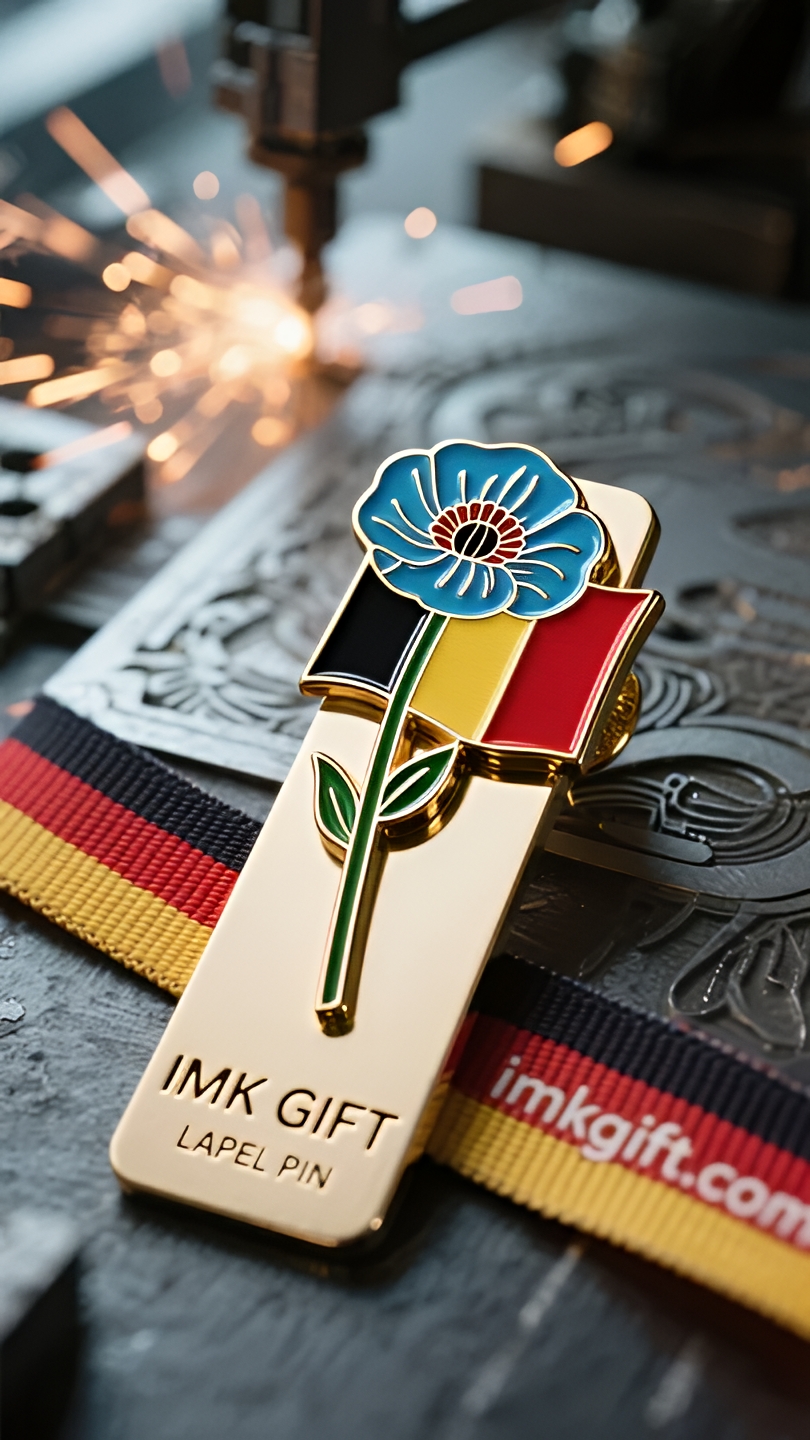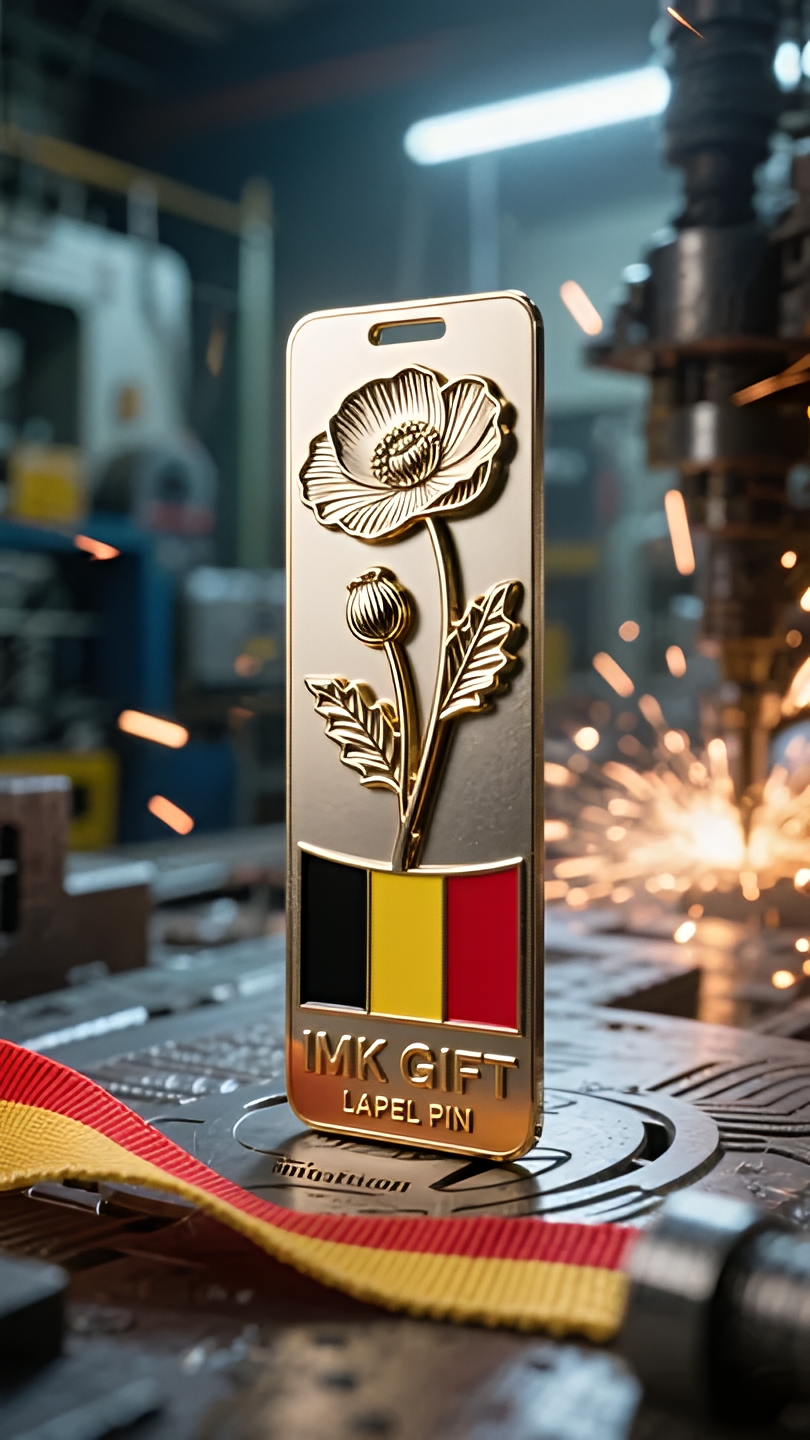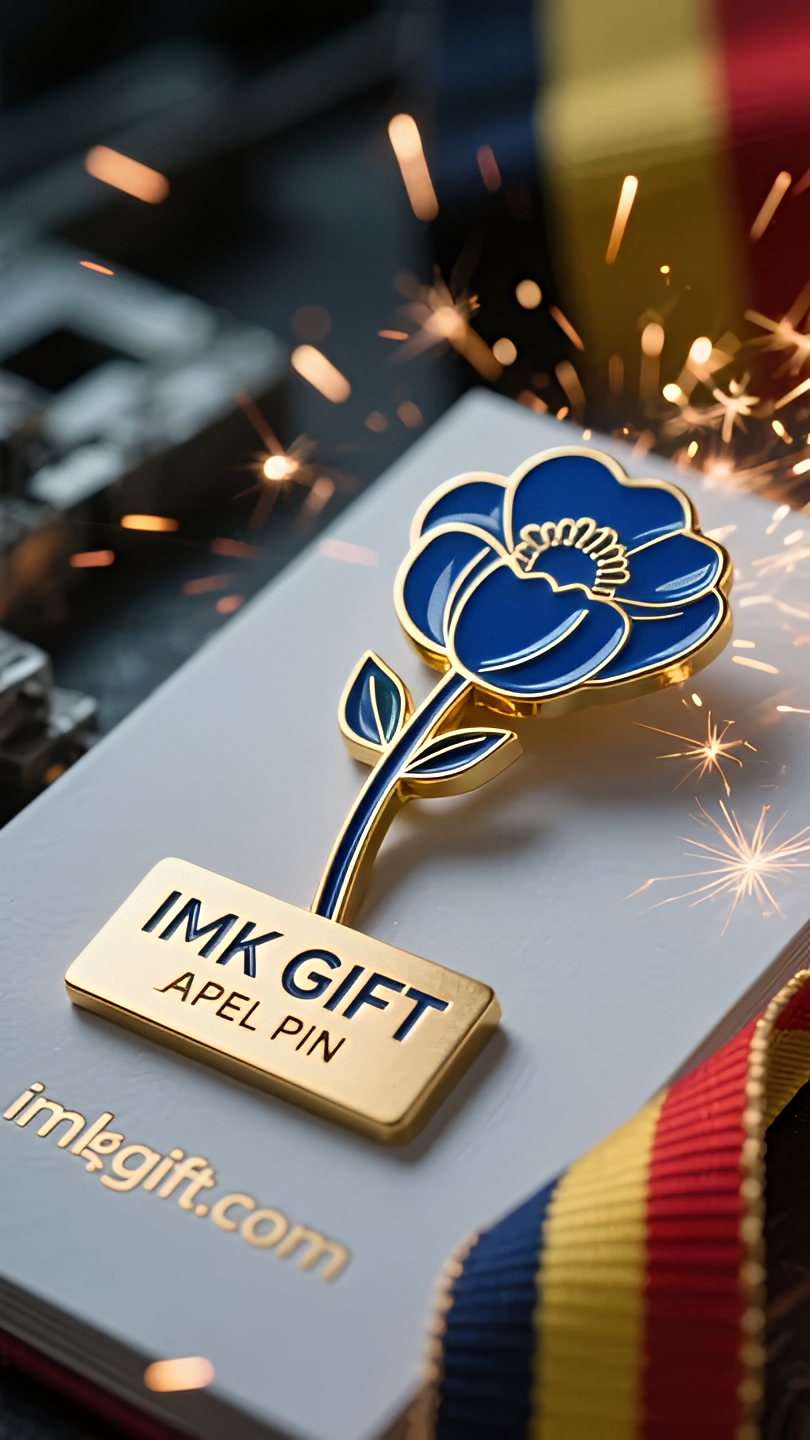in988-Poppy-between-black-yellow-and-red-the-promise-of-life-that-never-fades
▼
In the morning mist of late autumn in Belgium, poppy bookmarks hold yellowed pages, and the red silk thread tassels overlap with the fluttering black, yellow and red tricolor flag. Every November on the Armistice Day, there is always a scene like this in the Grand Place in Brussels: veterans wearing poppy brooches open their diaries, and the glimmer of light reflected by the metal bookmarks illuminates the life code contained in the national flag. The black, yellow and red colors are not only the symbol of the Kingdom of Belgium, but also weave a promise across time and space with the poppy bookmarks. The black satin backing is like the land burned by war, reminding people to remember the scars of history; the blooming shape of the golden poppy petals is like the bright yellow block in the middle of the national flag, telling the courage to be reborn in the ruins; and the red silk thread wrapped around the edge of the bookmark echoes the scarlet on the right side of the national flag, which is the passion and hope passed down from generation to generation. This hand-sewn poppy bookmark is called “stitch of memory” in Belgium. Each petal is embroidered with seven golden threads, which correspond to the seven important peace nodes in the 183 years since the birth of the national flag. When the bookmark crosses the words, it is like the tricolor flag brushing across the sky of history, weaving the wisdom tempered by the war into the present – true courage is not to forget the scars, but to let the scars bloom into flowers that grow towards the light. At this moment, the autumn sun penetrates the colorful windows of the city hall, illuminating the bookmark on the chest of the veteran and the national flag in the hands of the boy. The black, yellow and red colors flow in the light and shadow, and the golden thread of the poppy is stitching yesterday and tomorrow into the eternal moment: every soul that guards the memory is a bookmark that will never fade in the long scroll of history.
En la niebla matinal de finales de otoño en Bélgica, los marcapáginas con forma de amapolas sostienen páginas amarillentas de libros y, donde cuelgan las borlas de seda roja, se superponen con la luz y la sombra de la ondeante bandera tricolor negra, amarilla y roja. Cada noviembre, el día del Armisticio, se produce en la Grand Place de Bruselas la siguiente escena: un viejo soldado con un broche de amapola abre su diario y la tenue luz reflejada por el marcapáginas de metal ilumina el código de vida contenido en la bandera nacional. Los colores negro, amarillo y rojo no sólo son símbolos del Reino de Bélgica, sino que, junto con los marcapáginas de amapolas, tejen una promesa que trasciende el tiempo y el espacio. El respaldo de satén negro es como tierra quemada por la guerra, recordando a la gente que debe recordar las cicatrices de la historia; La forma floreciente de los pétalos de la amapola dorada es como el bloque amarillo brillante en el medio de la bandera nacional, que habla del coraje de renacer de las ruinas; y el hilo de seda rojo enrollado alrededor del borde del marcador se hace eco del color escarlata del lado derecho de la bandera nacional, que representa la pasión y la esperanza transmitidas de generación en generación. Este marcapáginas en forma de amapola cosido a mano se llama “puntada de la memoria” en Bélgica. Cada pétalo está bordado con siete hilos de oro, que simbolizan los siete nodos importantes de la paz en los 183 años del nacimiento de la bandera nacional. Cuando el marcador pasa sobre las palabras, es como la bandera tricolor que recorre el cielo de la historia, tejiendo la sabiduría templada por la guerra en el presente: el verdadero coraje no es olvidar las cicatrices, sino dejar que las cicatrices florezcan en flores que miran hacia la luz. En este momento, el sol de otoño penetra a través de las vidrieras del ayuntamiento, iluminando el marcador en el pecho del veterano y la bandera nacional en las manos del niño. Los colores negro, amarillo y rojo fluyen en la luz y la sombra, y el hilo dorado de la amapola va cosiendo el ayer y el mañana en el presente eterno: cada alma que guarda la memoria es un marcador que nunca se desvanece en el largo pergamino de la historia.
在比利时深秋的晨雾中,虞美人书签夹着泛黄书页,红丝线穗子垂落处,恰与飘扬的黑黄红三色旗光影交叠。每年11月的停战纪念日,布鲁塞尔大广场总会出现这样的场景:别着虞美人胸针的老兵翻开日记本,金属书签折射出的微光,照亮了国旗蕴含的生命密码。
黑、黄、红三色不仅是比利时王国的象征,更与虞美人书签共同编织着跨越时空的约定。黑色绸缎底衬如同战火灼烧过的土地,提醒人们铭记历史伤痕;金色虞美人花瓣绽放的形态,恰似国旗中间的亮黄色块,诉说着在废墟中重生的勇气;而书签边缘缠绕的红色丝线,与国旗右侧的猩红遥相呼应,那是代代相传的热血与希望。
这种手工缝制的虞美人书签,在比利时被称为”记忆的针脚”。每片花瓣都由七道金线绣成,暗合国旗诞生183年来的七个重要和平节点。当书签划过文字,就像三色旗拂过历史的天空,将战火淬炼出的智慧织进当下——真正的勇气不是遗忘伤痕,而是让伤痕开出向光而生的花朵。
此刻秋阳穿透市政厅的彩窗,照亮老兵胸前的书签与少年手中的国旗。黑黄红三色在光影中流动,虞美人的金线正将昨日与明天缝合成永恒的此刻:每个守护记忆的灵魂,都是历史长卷中永不褪色的书签。
▼
Contact Us
📞 Tel: +0086-760-85286839
📧 Email: sales3@imkgift.com








